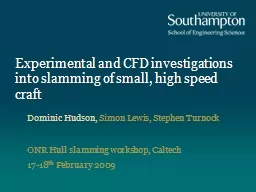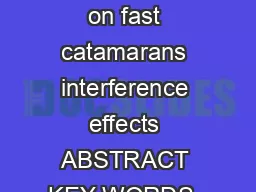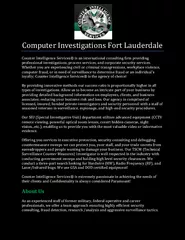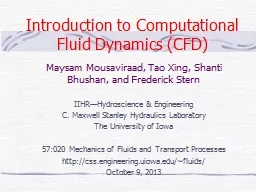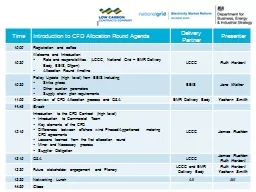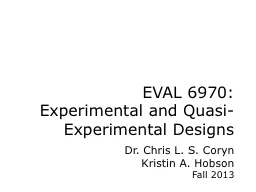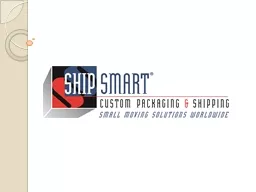PPT-Experimental and CFD investigations into slamming of small, high speed craft
Author : yoshiko-marsland | Published Date : 2018-11-09
Dominic Hudson Simon Lewis Stephen Turnock ONR Hull slamming workshop Caltech 1718 th February 2009 Background Work in support of Design of High Performance
Presentation Embed Code
Download Presentation
Download Presentation The PPT/PDF document "Experimental and CFD investigations into..." is the property of its rightful owner. Permission is granted to download and print the materials on this website for personal, non-commercial use only, and to display it on your personal computer provided you do not modify the materials and that you retain all copyright notices contained in the materials. By downloading content from our website, you accept the terms of this agreement.
Experimental and CFD investigations into slamming of small, high speed craft: Transcript
Download Rules Of Document
"Experimental and CFD investigations into slamming of small, high speed craft"The content belongs to its owner. You may download and print it for personal use, without modification, and keep all copyright notices. By downloading, you agree to these terms.
Related Documents

